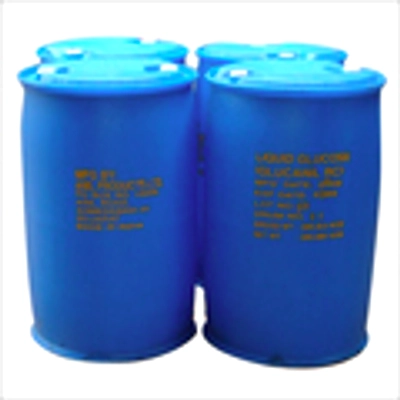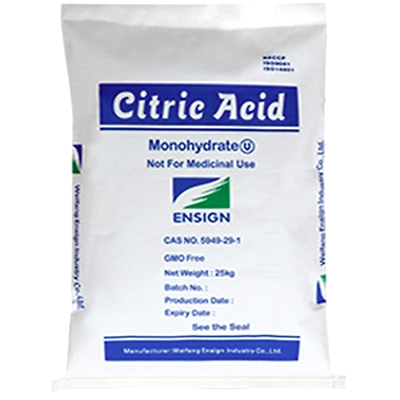Glacial Acetic Acid
Acetic acid is a colorless, pungent-smelling liquid chemical compound with the formula CH₃COOH. It's the main component of vinegar, and its uses include:
1. Food industry: As a food additive, preservative, and flavoring agent.
2. Chemical production: As a raw material for producing other chemicals, like plastics and adhesives.
3. Pharmaceuticals: As a solvent and in the production of certain medications.
4. Cleaning: As a natural cleaning agent and disinfectant.
5. Laboratory: As a reagent in chemical reactions and analyses.
Acetic acid is a weak organic acid, and its properties include:
- Corrosive and irritating to skin and eyes
- Flammable in high concentrations
- Soluble in water and many organic solvents
- Boiling point: 117.9°C (245°F)
- Melting point: 16.6°C (61.9°F)
Acetic acid, also known as vinegar when diluted, has a wide range of applications across various industries and everyday life. Here are some common uses:
1. Food Industry: Acetic acid is a key component in vinegar, which is used as a condiment, flavoring agent, and preservative in a variety of dishes and food products.
2. Chemical Industry: It serves as an important precursor in the production of various chemicals such as acetic anhydride, vinyl acetate monomer, and esters, which are used in the manufacture of adhesives, paints, coatings, and plastics.
3. Cleaning Products: Due to its antimicrobial properties, acetic acid is used in household cleaning products such as all-purpose cleaners and glass cleaners. It is effective in removing mineral deposits, grease, and grime.
4. Preservation: Acetic acid is a natural preservative and is commonly used in pickling and canning processes to prevent microbial growth and extend the shelf life of food products.
5. Medical Applications: In medicine, acetic acid is used in certain topical treatments, such as acetic acid otic solution for treating ear infections and as a component of some wound care products.
6. Textile Industry: Acetic acid is used in the textile industry as a solvent in the production of cellulose acetate, which is used to make fibers for textiles and films for photographic and motion picture applications.
7. Laboratory Use: It is utilized in laboratories as a solvent for various purposes, including chromatography and as a reagent in chemical synthesis.
8. Photography: Acetic acid is used in the development of photographic film and paper.
9. Herbicide: It is used in agriculture as a herbicide to control weeds.
10. pH Adjustment: Acetic acid is sometimes used to adjust the pH of solutions in laboratory settings or in industrial processes.
Price upon request








